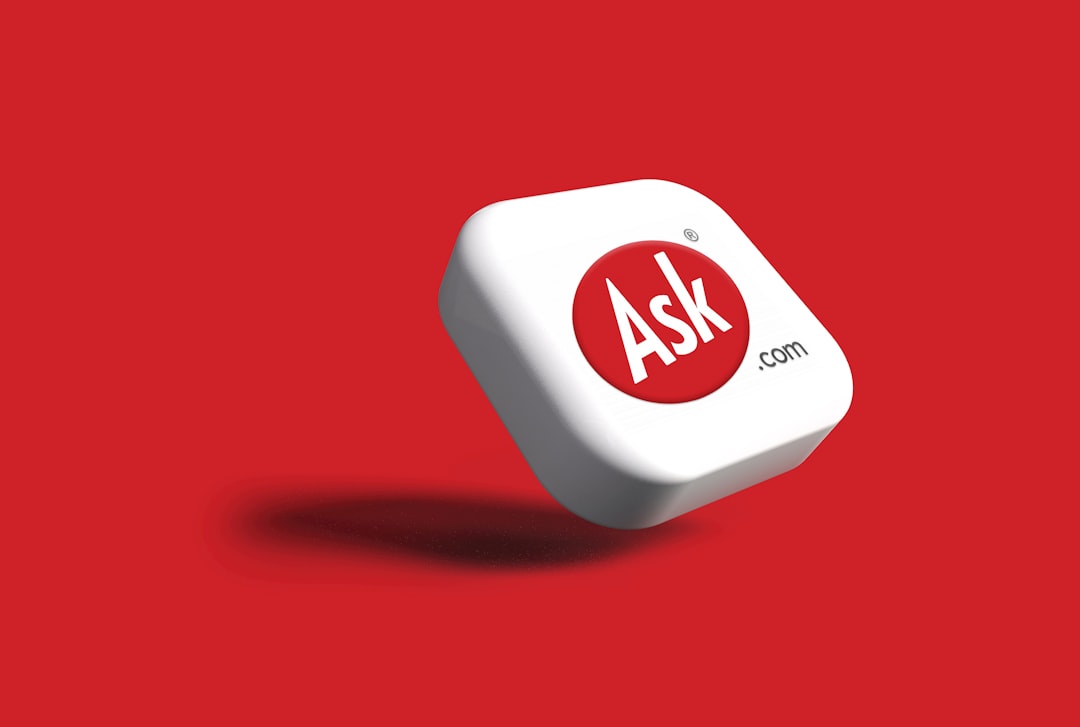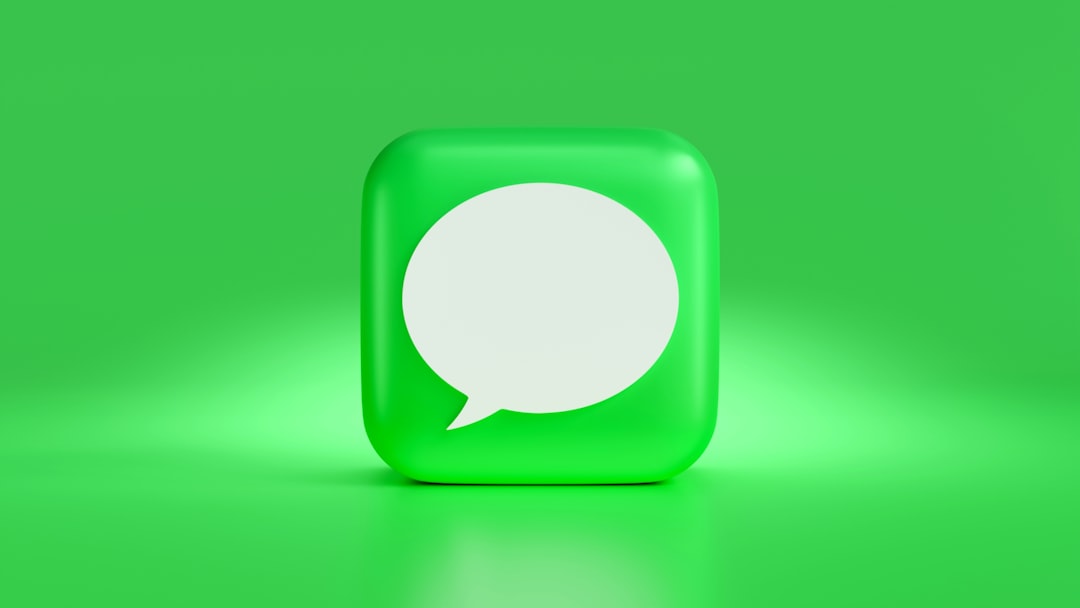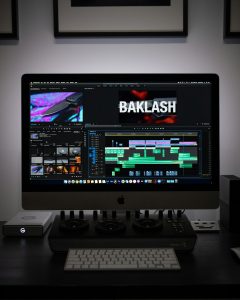
Creating a multilingual AI website has become an essential strategy for businesses and content creators aiming to expand into international markets. Thanks to advancements in artificial intelligence, it’s easier than ever to build a site that can understand, translate, and communicate with users in multiple languages, offering a seamless global user experience.
By making use of AI-powered tools, responsive design, and scalable infrastructure, a website can transcend language barriers and cater to a diverse audience. This article walks through the key steps and considerations involved in building a multilingual AI website that’s both functional and culturally aware.
Why Go Multilingual?
Going multilingual allows companies to:
- Increase global visibility
- Enhance user experience for non-native speakers
- Improve SEO rankings in various regions
- Foster user trust and credibility
When users find a website in their native language, they are far more likely to engage, convert, and return. An AI-enhanced multilingual website takes this a step further by dynamically adapting content and interactions to meet user needs in real time.
Step-by-Step Guide to Creating a Multilingual AI Website
1. Choose the Right Platform
Start by selecting a CMS or website builder that supports multilingual content and has integration capabilities with AI libraries or APIs. For example:
- WordPress with WPML or Polylang plugins
- Webflow or Wix with multilingual extensions
- Custom-coded websites using frameworks like React or Vue.js
2. Implement AI-Powered Translation
Employ AI translation tools such as:
- Google Cloud Translation API
- Microsoft Azure Translator
- Amazon Translate
These services use neural machine translation to provide contextually accurate content in various languages. They’re not perfect but highly effective for dynamic, large-scale websites.

3. Automate Language Detection
Incorporate language detection scripts that automatically identify a user’s language preference based on their location, browser, or cookie settings. Tools such as JavaScript-based language switchers or browser geolocation APIs are commonly used for this feature.
4. Optimize for SEO in Multiple Languages
Ensure every version of your website is SEO-friendly by:
- Using hreflang tags to inform search engines about language-specific content
- Creating unique, localized URLs (e.g., example.com/fr/ for French)
- Translating metadata including titles, alt tags, and descriptions
5. Leverage AI Chatbots for 24/7 Support
AI chatbots, powered by NLP (Natural Language Processing), can be trained to offer support in multiple languages. Tools like ChatGPT or Dialogflow can provide seamless customer service experiences regardless of a user’s native language.

6. Test Across Multiple Languages
Don’t rely solely on AI. Involve native speakers or localization experts in your QA process to check for cultural nuances, grammar accuracy, and contextual soundness. Also, be sure to test:
- Proper character rendering (e.g., Asian or Arabic scripts)
- Response speeds in international regions
- Accessibility and mobile-friendliness
7. Maintain and Update Content Frequently
A multilingual site requires ongoing updates. Use AI content management tools that support automation. Always ensure that translations remain current and localized to reflect any business or regional developments.
Conclusion
Building a multilingual AI-powered website is no longer a luxury—it’s a necessity for competing on a global scale. Although AI provides powerful tools to facilitate translation, localization, and customer interaction, combining AI with human oversight remains essential for quality assurance. With the right strategy and infrastructure in place, any business can tap into new global markets and extend its digital footprint worldwide.
Frequently Asked Questions
-
Q1: What is the best AI tool for website translation?
A: Google Cloud Translation, Microsoft Azure Translator, and DeepL are among the most preferred for high-quality AI translations. -
Q2: Can AI replace human translators?
A: Not completely. While AI provides scalable and cost-effective solutions, human translators are still needed for context, tone, and cultural nuances. -
Q3: How many languages should I support on my website?
A: Start with your primary markets. Analyze web traffic, customer data, and strategic goals to determine which languages will offer the highest ROI. -
Q4: Is multilingual SEO difficult to manage?
A: It can be complex but manageable with best practices such as hreflang tags, localized URLs, and translated metadata. Tools like Semrush and Ahrefs support multilingual SEO tracking. -
Q5: What’s the cost of developing a multilingual AI website?
A: Costs can vary depending on the number of languages, level of AI integration, and need for custom development. A basic setup might cost a few thousand dollars, while enterprise solutions could go much higher.






